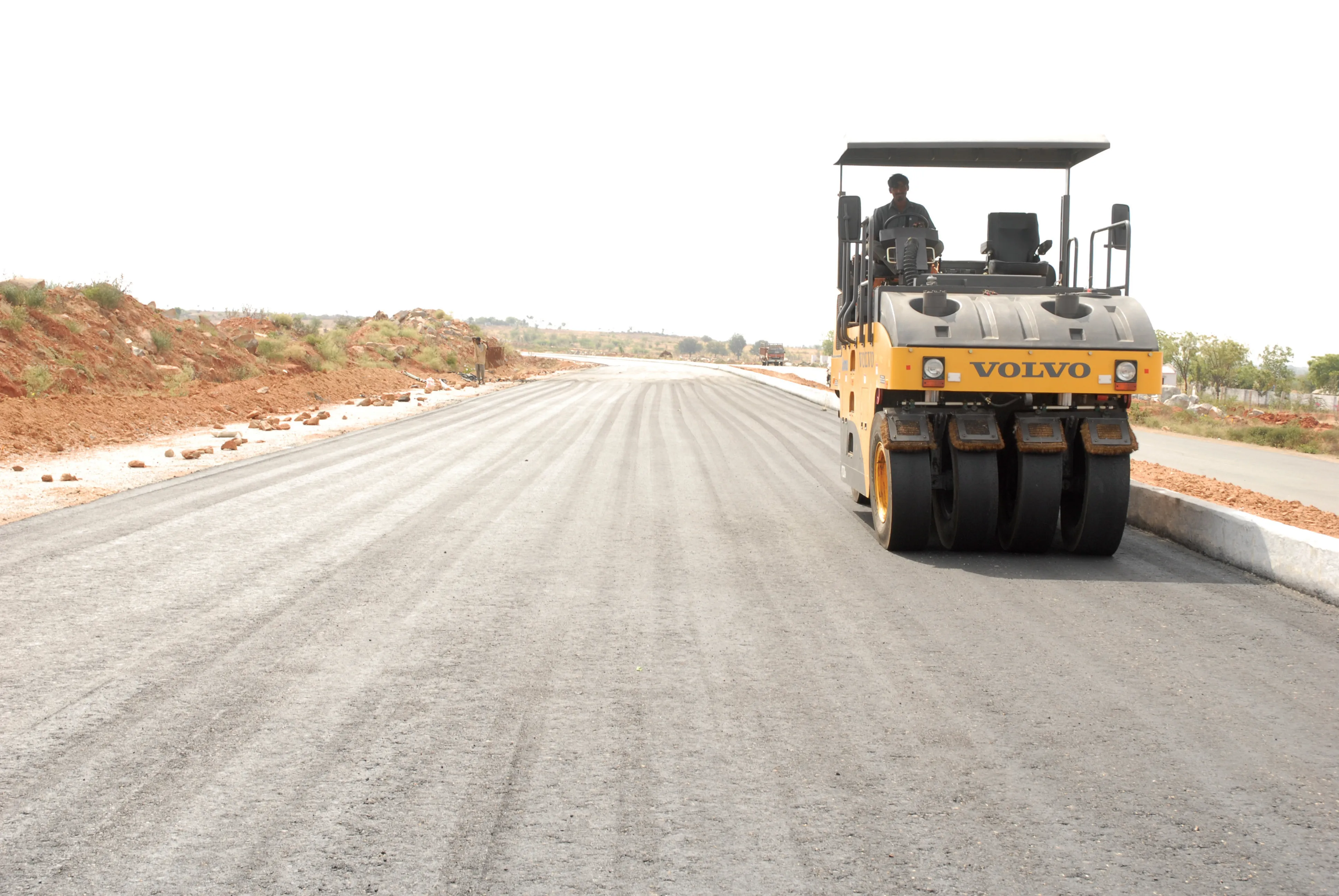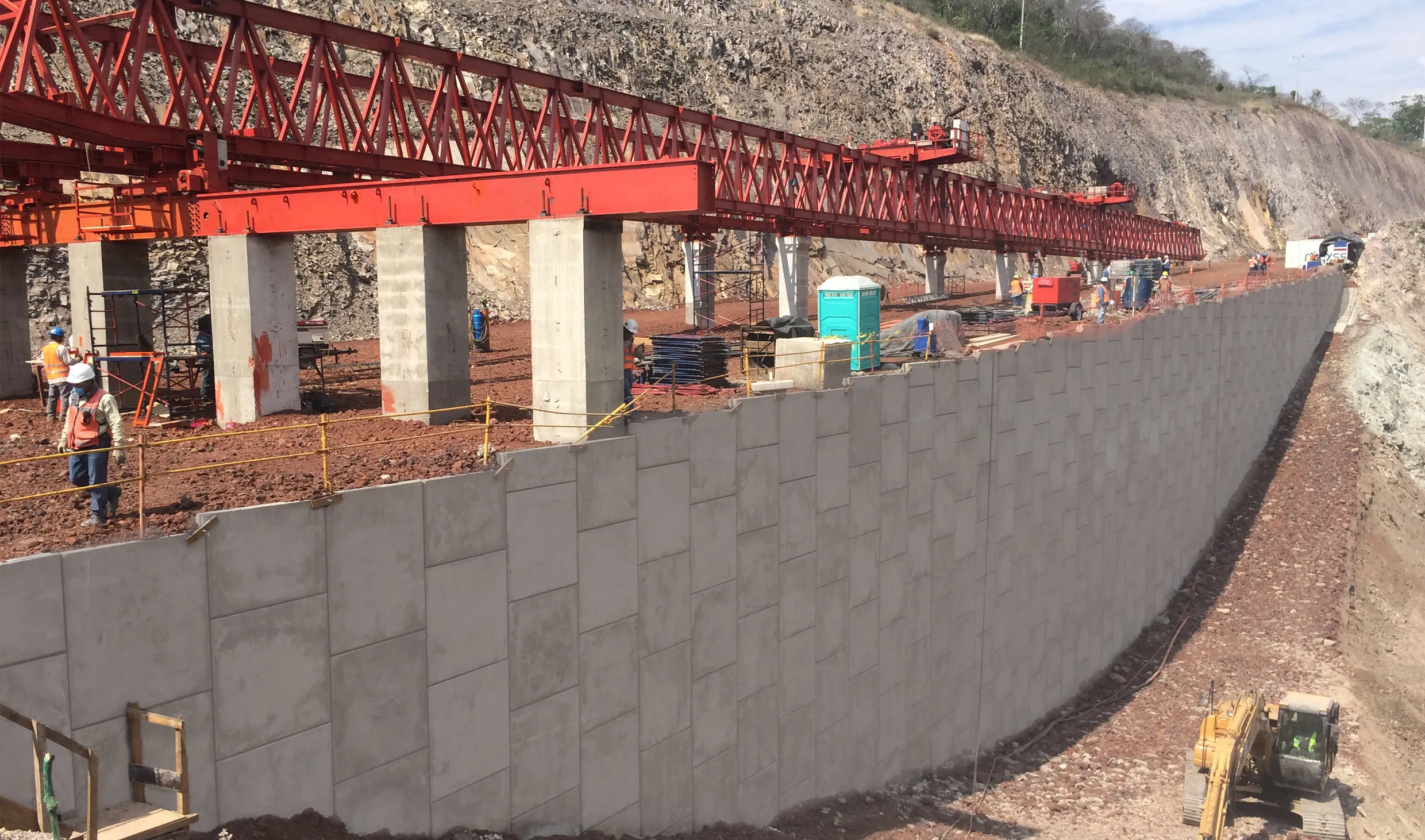Three of China’s provinces, Jiangsu, Shanxi and Sichuan, have announced plans to invest in infrastructure expansion. Jiangsu Province has set an impressive infrastructure budget.
Some US$11.38 billion has been earmarked for transportation infrastructure projects during 2014. Of the total, $4.53 billion will be invested into road construction projects, while some $454.8 million will be targeted at the construction of civil airports.
April 24, 2014
Read time: 2 mins

Three of China’s provinces, Jiangsu, Shanxi and Sichuan, have announced plans to invest in infrastructure expansion. Jiangsu Province has set an impressive infrastructure budget.
Some US$11.38 billion has been earmarked for transportation infrastructure projects during 2014. Of the total, $4.53 billion will be invested into road construction projects, while some $454.8 million will be targeted at the construction of civil airports.
Shanxi Province has plans to invest $3.44 billion in road construction projects during 2014. Seven new highway projects with a total length exceeding 375km will commence in the year. At the same time, 13 projects totalling 842.6km will be completed and open for traffic. Meanwhile in Sichuan Province, some US$11.56 billion will be spent on road projects during 2014. Rural roads measuring 15,000km will be completed under the plans, while 1,700 km of national and provincial main roads are to be upgraded.
Meanwhile plans for a major new bridge project have been given the go-ahead by the2719 Chinese Government. The project calls for the construction of a second bridge spanning Hangzhou Bay.
The new bridge will provide a more direct connection between the economically important cities of Ningbo in Zhejiang Province and Shanghai. The project looks likely to cost in the region of $2.95 billion to construct, including the connecting roads. The bridge will shorten the travel distance between the cities from 200-160km. And plans are also in hand for a new highway connection between Myanmar and China. The governments of the two countries have been discussing the possibility of the Myanmar-China Corridor. This route would run from Ruili in China to Kyaukphyu in Myanmar. The work is likely to be carried out under the PPP model, with a build, operate, transfer package for the winning tender. The first stage of the project will commence during 2014.
Some US$11.38 billion has been earmarked for transportation infrastructure projects during 2014. Of the total, $4.53 billion will be invested into road construction projects, while some $454.8 million will be targeted at the construction of civil airports.
Shanxi Province has plans to invest $3.44 billion in road construction projects during 2014. Seven new highway projects with a total length exceeding 375km will commence in the year. At the same time, 13 projects totalling 842.6km will be completed and open for traffic. Meanwhile in Sichuan Province, some US$11.56 billion will be spent on road projects during 2014. Rural roads measuring 15,000km will be completed under the plans, while 1,700 km of national and provincial main roads are to be upgraded.
Meanwhile plans for a major new bridge project have been given the go-ahead by the
The new bridge will provide a more direct connection between the economically important cities of Ningbo in Zhejiang Province and Shanghai. The project looks likely to cost in the region of $2.95 billion to construct, including the connecting roads. The bridge will shorten the travel distance between the cities from 200-160km. And plans are also in hand for a new highway connection between Myanmar and China. The governments of the two countries have been discussing the possibility of the Myanmar-China Corridor. This route would run from Ruili in China to Kyaukphyu in Myanmar. The work is likely to be carried out under the PPP model, with a build, operate, transfer package for the winning tender. The first stage of the project will commence during 2014.








